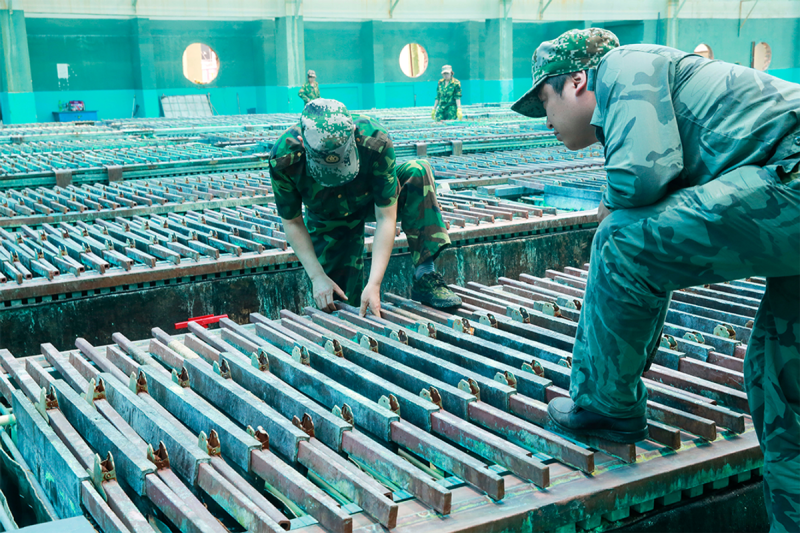As countries around the world seek to reduce their reliance on China for rare earths production and processing, it becomes imperative to explore alternative sources and methods to secure a stable and sustainable supply chain. This shift signifies a strategic move towards diversification and resilience in the critical minerals sector, vital for meeting demands in various industries such as electronics, automotive, and renewable energy. To achieve this objective, countries must adopt a multi-faceted approach that encompasses domestic production, recycling initiatives, strategic partnerships, and technological advancements.
One of the key strategies in reducing reliance on China for rare earths is to promote domestic production in other countries. Investing in the development of domestic rare earths mines and processing facilities can enhance supply security and reduce dependence on a single source. Countries like Australia, the United States, Canada, and Japan have already taken significant steps to ramp up their domestic production capacity, thus diversifying the global supply chain for rare earth elements.
Moreover, recycling initiatives play a crucial role in mitigating the demand for virgin rare earth materials. By promoting the recycling of end-of-life products containing rare earths, countries can reduce the pressure on primary sources and minimize environmental impact. Advanced recycling technologies and processes are being developed to extract rare earth elements from various electronic waste streams, offering a sustainable solution to supplement primary production.
Strategic partnerships between countries and companies are also essential in strengthening the rare earths supply chain. Collaborative efforts in research and development, resource exploration, and processing technologies can foster innovation and facilitate the exchange of knowledge and expertise. By pooling resources and capabilities, stakeholders can collectively address challenges in the rare earths sector and establish a more resilient supply chain that is less susceptible to disruptions.
Furthermore, technological advancements in rare earth processing and refining are key to enhancing efficiency and reducing costs in the production chain. Novel extraction techniques, separation processes, and purification methods can improve the overall yield of rare earth elements while minimizing resource wastage. Investing in research and innovation in this field will not only enhance supply chain security but also drive sustainable practices and enhance competitiveness in the global market.
In conclusion, reducing reliance on China for rare earths production and processing requires a strategic and coordinated effort from governments, industries, and stakeholders worldwide. By diversifying sources, promoting recycling initiatives, fostering partnerships, and embracing technological advancements, countries can build a more resilient and sustainable rare earths supply chain that meets the demands of a rapidly evolving world. This shift towards greater self-sufficiency in critical minerals is essential for ensuring the stability and security of key industries and advancing towards a greener and more sustainable future.
